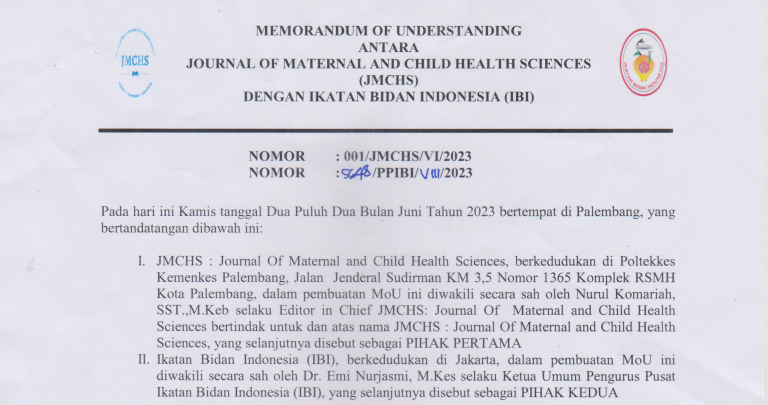Relationship Knowledge Of Public Mother About Breast Treatment With Success Breast Milk Expenditure
Abstract
Background : According to the health profile of North Sumatra in 2016, breastfeeding exclusive in Deli Serdang Regency is from 21,996 babies only 10,355 people (47.1%) who were exclusively breastfed. Meanwhile, babies who are not breastfed as many as 11,641 people (52.9%). Coverage of exclusive breastfeeding in Deli Serdang Regency has not yet reached the National target of 80%. This shows that breastfeeding as the baby's first food is still lacking. Whereas a decrease in child nutrition causes children to have less nutrition up to poor growth and stunting can be prevented as early as possible byexclusive breastfeeding.Methods: This research is a quantitative research. This research uses type of correlational research. The population in this study are all 32 postpartum mothers. sampling technique using total sampling technique because the total population is less than 100, then allpopulation is used as research sample Results Based on the results of statistical tests using Chi-Square, obtained the value of value =0.011. This means that the value of is smaller than the value of (α = 0.05), then with Thus it can be said that Ho is rejected. This shows that there is a significant relationship between knowledge of breast care and smooth milk production for postpartum mothers at the Kedai Sianam District Health Center Coal Year 2022.

This work is licensed under a Creative Commons Attribution-ShareAlike 4.0 International License.
Authors who publish with this journal agree to the following terms:
- Authors retain copyright and grant the journal right of first publication with the work simultaneously licensed under a Creative Commons Attribution License that allows others to share the work with an acknowledgement of the work's authorship and initial publication in this journal.
- Authors are able to enter into separate, additional contractual arrangements for the non-exclusive distribution of the journal's published version of the work (e.g., post it to an institutional repository or publish it in a book), with an acknowledgement of its initial publication in this journal.
- Authors are permitted and encouraged to post their work online (e.g., in institutional repositories or on their website) prior to and during the submission process, as it can lead to productive exchanges, as well as earlier and greater citation of published work












